
1875 - 1947
Albert Marquet
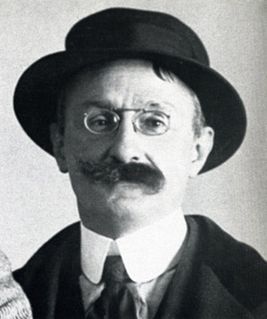
description
Albert Marquet was a French landscape painter, illustrator and graphic artist, whose work is connected with Post-impressionism, although he was close to Fauvism for some time.
Albert was born into the family of a railway employee. The mother of the future artist encouraged her son’s interest in painting.
Marquet’s works were included in group exhibitions: in the Autumn Salons starting in 1902, and the Salon of Independent starting in 1906. He was also the author of a large number of skillful graphic works, kept in the museum of Malraux in Le Havre, and illustrations to the book by Charles-Louis Philippe “Bubu de Montparnasse”, which was published in 1903. Albert Marquet preferred to live in small picturesque towns of France, traveled a lot, and visited even the USSR, where he had many admirers. Many of his pieces are kept in Russian museums. His art is a true example of the harmony of inner peace and dedication to his vocation.
Key ideas:
– French painter Albert Marquet was a recognized master of the landscape. However, in his creative catalogue, there are many works of other genres: portraits, still lifes, and pictures of nude models. Nevertheless, the most noticeable are the landscapes. Simple and poetic, they are distinguished by their high mastery of performance and evoke a calm poetic mood. In his canvases, Marquet depicts everyday mundane objects, and with the help of simple artistic means, he achieves a special sound and harmony that evokes a lively response from the viewer.
– At the beginning of his creative career, Marquet briefly joined the Fauves. He even exhibited his paintings with Derain and Matisse in 1905 and 1906. But the experiments of “savages” with color and shapes very soon ceased to interest him, and he made a conscious choice in favor of the art that was more closely related to him. The artist painted nature in its various states: rain and fog, early spring and winter time with its sad gray haze in the air.
– He paid special attention to bodies of water, whether it was the Seine embankment, a small creek in the suburbs or a busy seaport. Also, Albert Marquet liked to paint cityscapes. Among his works, there are many images of lively Parisian boulevards and quiet streets of the surrounding villages.
– The manner of the painter, at first bright and juicy, gradually changed towards a monochrome color scale and soft halftones. Despite their simple and even meager expressive means, Marquet’s canvases leave a strong impression. In them, you can feel the hand of a real master who never chased fleeting fashion or passing success. In this respect, the artist liked to quote his teacher Moreau: “If what I did is worthless, my works will be lost, like fallen leaves in autumn, regardless of what is said about them.”
1875
1890
1895
1899
1901
1902
1905
1910 - 1913
1911
1930 - 1940
1947
The birth of the artist
He moved with his parents to Paris
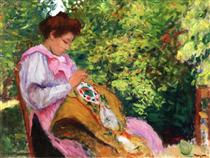
Became a student of Fernand Cormon
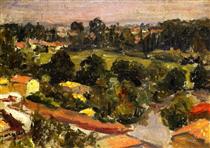
The artist's paintings were exhibited for the first time at the Paris Salon
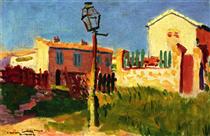
The artist changed his style
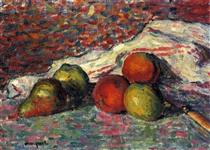
Exhibited his paintings at the gallery of Eugene Druet
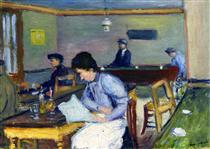
Marquet’s paintings were presented at the Autumn Salon
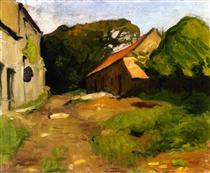
Painted landscapes and views of Paris
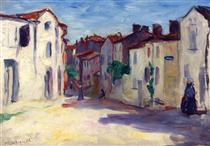
For the first time, together with his friend Henri Matisse, he visited Algeria.
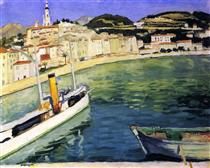
Settled in Algeria

The death of the artist

Albert Marquet
On Artist
flow
Realism
Fauvism
friends
Henri Matisse
Andre Derain
Charles Camuan
Henri Mangen
Raoul Dufy
Georges Rouault
Charles Guerin
Maurice de Vlaminck
artists
Gustave Moreau
Fernan Cormon
Rubens
Paolo Veronese
Bartolomeo Murillo
By Artist
flow
Fauvism
friends
Henri Matisse
Andre Derain
Charles Camuan
Henri Mangen
Raoul Dufy
